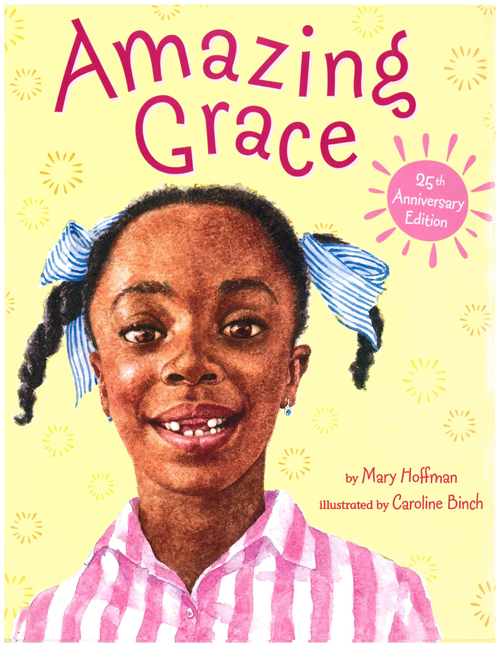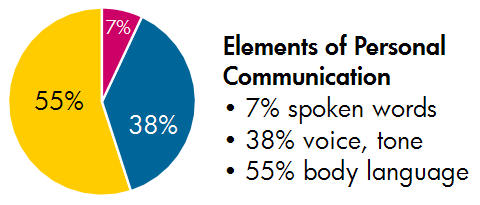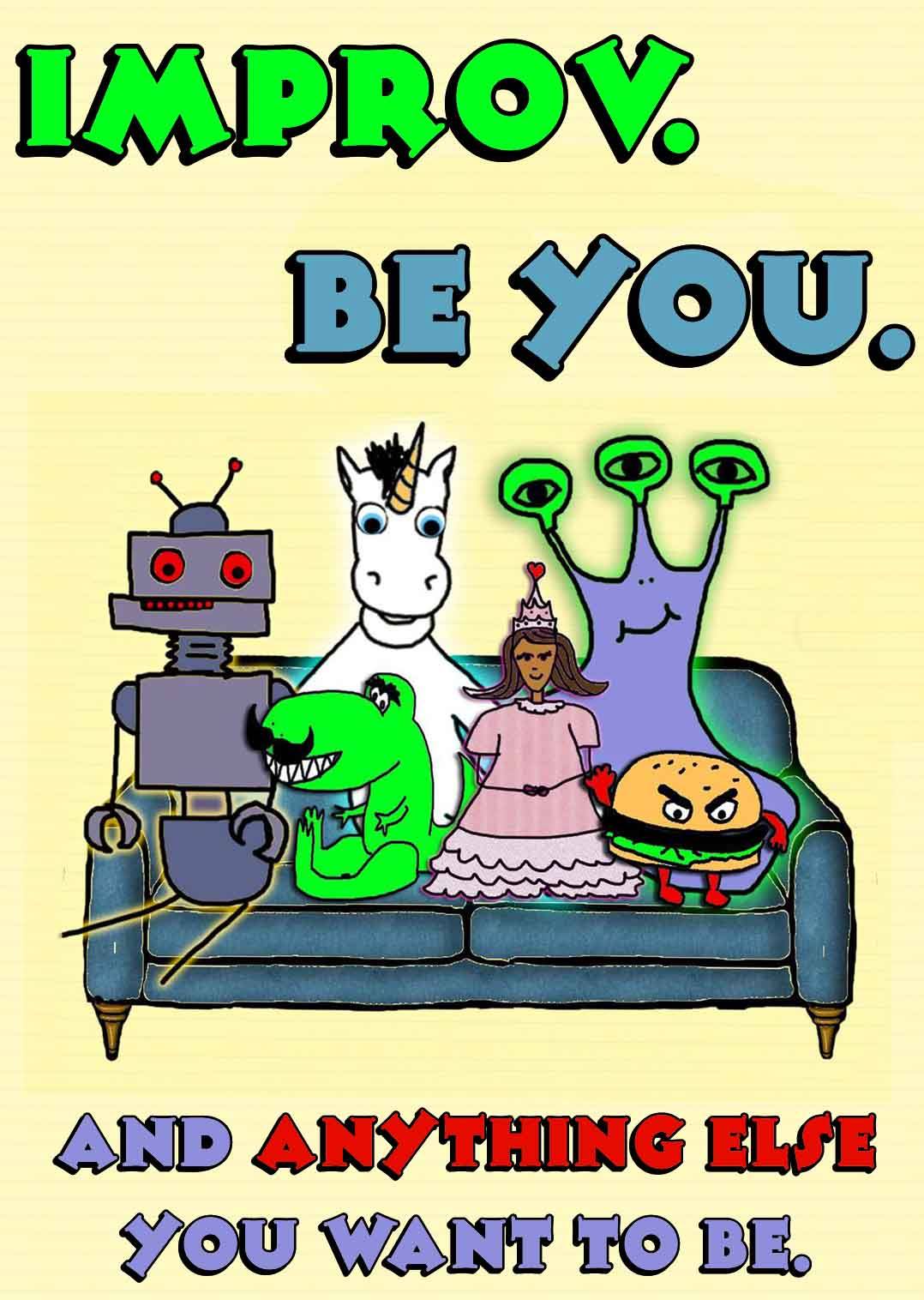Fun with Improvisation!
Improvisation is a form of acting in which the plot, characters, and dialogue of a scene or story are made up in the moment. Improvisation or 'Improv' is spontaneous, entertaining, and fun!
Participating in improvisation activities can help improve self-confidence, develop social skills, and increase self-expression.
7 Tips for Improvisation
If you are a blind actor playing a sighted character, these tips will give you the confidence to move with grace and ease on stage.
Tip 1: Be Daring
Give up control and allow yourself to be changed by other players. Introduce your characters with energy — give them personality!
Tip 2: Say "Yes!"
In an improvisation, you need to relax and go with the flow.
Example: If another actor names you as his sister, you must accept your role and be his sister.
Tip 3: Say "Yes and..."
In addition to accepting your role, you as an actor must develop and add to the scene, complementing your partner.
Example: As the sister, you might remind your brother that he owes you for not telling on him to Mom and Dad.
Tip 4: Stay Away from Open-Ended Questions
Like "who are you?" You must participate in the scene to make it work; open-ended questions do not develop the story.
Tip 5: Don't Worry About Being Funny; Just Be Interesting
The harder you try not to be funny the more funny your scene is going to be.
Example: Exaggerated expressions, conflicts, and problems are funny.
Tip 6: Work Hard to Make Your Partner Look Good
Listen to each other and build on each other's ideas. You will look good if your partner looks good!
Tip 7: Tell a Story
As with any story, you need to set the scene, create the conflict, and solve the problem by listening to each other and building on your theme. Create original characters, not characters from TV, movies, or video games.
Improv Activities
Here are some activities to get you started in improvisation that can be done one-on-one or in groups. When you're done, talk about what worked and what you might want to practice for next time.
Opening Lines Activity
An easy introduction to improvisation, this activity needs only two participants or can be done as a group activity.
- 1. Emboss and print the Opening Lines files, cut out each sentence as a strip, match together the print and braille, and place in a container.
- 2. If you have a large group, divide the participants into pairs.
- 3. Review the 7 Tips for Improvisation.
- 4. One person of the pair picks an opening line and memorizes it without sharing with her partner.
- 5. Each pair presents their improv.
Dramatic Expressions Activity
Exploring various ways of expression helps to develop characterization. This activity can be done in any size group.
- 1. Emboss and print the Dramatic Expressions files, cut out each strip, match together the print and braille, and place in a container.
- 2. Emboss and print the Objects files, cut out each strip, match together the print and braille, and place in a different container.
- 3. Have each participant randomly pick one Dramatic Expressions strip and one Objects strip.
- 4. Explain that each participant will describe the item using the dramatic expression on their strip.
Download Dramatic Expressions: PDF Download Dramatic Expressions: BRF
Download Objects: PDF Download Objects: BRF
This activity was created by Janet Ulwick-Sacca for Great Expectations.








